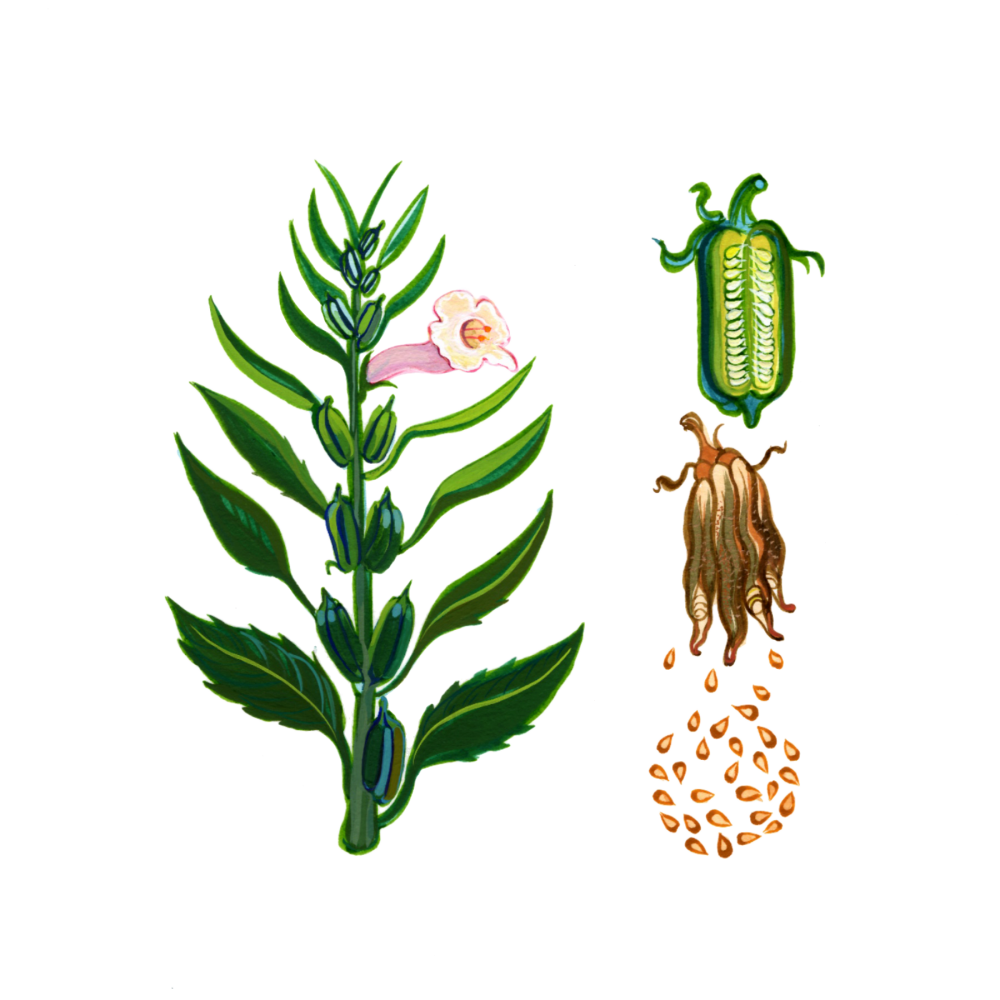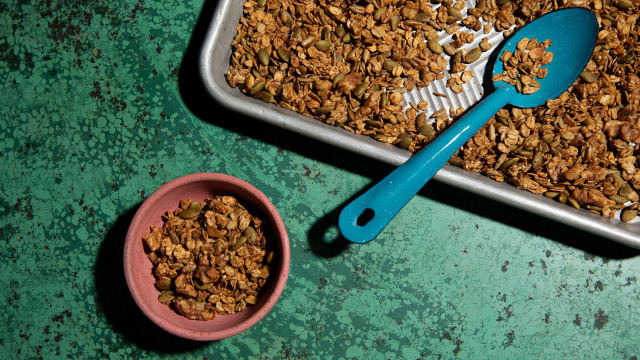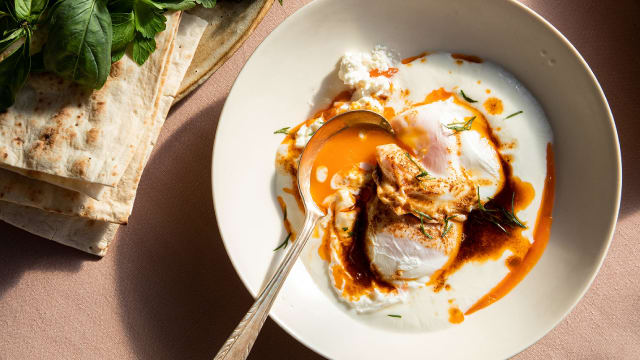Sesame

Latin name: Sesamum indicum
Other names: benne
Uses: seasoning, paste, oil
What is sesame?
Sesame seeds were likely the first oil seed crop domesticated by humans. The seeds and oil, in a number of forms, provide a defining flavor to cuisines from Asia to the Middle East and beyond — including topping bagels and the iconic “sesame seed bun.”
Why is sesame healthy?
Sesame seeds are high in several B vitamins and contain large amounts of iron, magnesium, calcium, phosphorous, and zinc. Eating sesame seeds appears to help lower blood pressure and reduce oxidative stress and damage to cells.
What does sesame taste like?
Sesame seeds have a pronounced nutty richness enhanced by toasting. Black seeds are a bit more bitter than the white (really buff-colored) types and they stand out dramatically against white foods like rice. Because of their high fat content, these tiny seeds punch way above their weight class in terms of flavor.
How do I use sesame?
Tahini, central to Middle Eastern dishes like hummus and baba ghanoush, is made from sesame seeds ground into a smooth paste like peanut butter. The oil, both raw and toasted, features prominently in Chinese, Japanese, and Korean cuisines, where you generally want to add it to a dish just prior to serving so that its beguiling aroma isn’t diminished by cooking. Sesame seeds are used extensively as a seasoning — alone, or combined with salt, dried seaweed, and spices — in Japanese cooking, especially on rice dishes. In the West, people use sesame seeds most often in sweet and savory baked goods, and sesame halva is a popular treat from the Balkans to the Middle East.
What does sesame pair well with?
Sesame oil and seeds both love raw vegetables in salads and cooked greens like spinach sautéed with garlic and soy sauce. The oil is excellent in vinaigrettes and sauces involving ginger, garlic, soy sauce, and citrus juice.
Where does sesame grow?
Domesticated sesame originated in India at least 5,500 years ago, though many wild types are native to Africa. Since then, sesame has spread around the world due both to its desirability as a staple oil crop — the seeds are around 50 percent oil — and its extraordinary ability to thrive in marginal soil and under drought conditions. Sudan, Myanmar, India, and Tanzania are some of the global leaders in sesame production; China and Japan are the biggest importers.
How to buy sesame:
Buy seeds that smell nutty, with no hint of rancidity (rancid seeds will smell like linseed oil)
Fun sesame fact:
The phrase “Open Sesame” from Ali Baba and the Forty Thieves may refer to the fact that when sesame pods are mature, they pop open, scattering the seeds.





